The payback period of solar energy systems generally ranges between 5 and 7 years. This period is directly related to the system’s installation cost, annual electricity production, amount of energy consumption, and the savings achieved. Especially in industrial facilities or high-consumption businesses, this period may be even shorter, while in residences it may take slightly longer depending on usage habits.
In calculating the payback period, solar panel efficiency, annual sunshine duration, system maintenance costs, and any available incentives play a decisive role. For example, government grants or tax exemptions can significantly shorten the return on investment. In addition, proper system design and the selection of quality equipment both increase efficiency and boost the potential for long-term savings.
In countries like Turkey, where the annual sunshine duration is high, solar energy systems are highly advantageous as an investment. The significant reduction in electricity bills after installation increases competitiveness for businesses while providing energy independence for individual users. Therefore, one of the most critical points in solar energy investment is accurately analyzing the payback period.
How Is the Payback Period Calculated in Solar Energy Systems?
In solar energy systems, the payback period indicates how long it will take for the investment to pay for itself. To calculate this period, the system’s installation cost and annual energy production must first be clearly determined. Then, the total cost is divided by the annual savings provided by the system to reveal the payback period. For example, if a system installed for 150,000 TL provides 25,000 TL of electricity savings per year, the payback period is 6 years.
The main factors to consider when calculating the payback period are as follows:
- Installation cost (including panels, inverter, mounting, and connection expenses)
- Annual energy production capacity (in kWh)
- Current electricity unit price and annual consumption amount
- Monetary value of energy savings
- Government support, tax advantages, or grant programs
- System lifespan and maintenance costs
- Average sunshine duration in your region
Each of these factors directly affects the payback period. For example, increases in electricity unit prices or being located in a region with high sunshine duration ensure that the system pays for itself in a shorter time. When the calculation is done correctly, investment decisions can be built on more solid foundations and substantial long-term savings can be achieved.
What Factors Affect the Payback Period?
The factors affecting the payback period are the most critical elements that determine how long it will take for a solar energy investment to yield returns. This period may vary for each investor because many variables—from geographical location and energy consumption habits to panel quality and financial support—shape the course of the process. Analyzing these factors well directly impacts the accuracy of the investment decision.
Key factors influencing the payback period:
- Installation cost: System size, the quality of equipment used, and installation expenses determine the total investment amount.
- Annual energy production: Sunshine duration, panel efficiency, and system design directly affect the amount of production.
- Electricity prices: The annual savings amount is calculated based on current electricity unit prices.
- Amount of energy consumption: Higher consumption means a shorter payback period.
- Government incentives and grants: Support received reduces investment costs and accelerates returns.
- Maintenance and operating expenses: Systems with low maintenance costs reduce total expenses.
- Financing conditions: Investments made with interest-bearing loans may have longer payback periods.
In a well-planned investment, these factors should be carefully addressed and supported by region-specific analyses. Especially in regions with high solar potential, it is possible for the system to pay for itself in a shorter time. Therefore, conducting detailed feasibility studies at the beginning of the investment process provides a major advantage.
Are Payback Periods Different for Residences and Businesses?
Payback periods in solar energy systems installed for residences and businesses are not the same, because energy consumption habits, system sizes, and usage data differ. While lower-capacity systems are generally preferred in residences, larger-scale installations are made in businesses due to higher consumption. This difference directly affects the payback process. Since energy bills are high for businesses, the savings are also large, and the system can pay for itself in a shorter time.
Because businesses can benefit more from tax advantages and energy incentives, the payback period is generally more favorable. In addition, industrial and commercial buildings that prefer solar energy to ensure production continuity feel the benefits of the investment more quickly in daily operations. For residential users, consumption is more stable, and the system’s investment cost is often recouped over a longer period. However, this does not reduce the long-term savings potential.
For both types of use, the factors affecting the payback period should be calculated in detail. When well-designed systems are installed with appropriate capacity, they become a profitable investment for both homeowners and businesses. When the correct system is chosen according to energy needs, the use of solar energy offers a strong economic solution. Therefore, conducting an analysis tailored to the type of use is of great importance when making an investment plan.
How Does Annual Sunshine Duration Change the Payback Period?
Annual sunshine duration is one of the most fundamental elements that directly affects the efficiency of solar energy systems and thus the payback period. In regions where sunlight is utilized for longer periods, energy production increases, which raises the annual savings amount. More electricity production means the costs are recovered in a shorter time. Therefore, the same system can have different payback periods when installed in different regions.
Especially in southern regions, where the annual sunshine duration is high, the production potential of systems is greater. This allows the investment to pay for itself much more quickly. On the other hand, in northern regions with shorter sunshine duration, it may be necessary to increase the system size or allow for a payback period that is a few years longer to achieve the same efficiency. This difference must be taken into account in investment planning.
Sunshine data forms the basis of the feasibility study conducted before the system is installed. Through regional analyses, it can be clearly determined what level of production a system of a given capacity will provide and what the annual savings will be. While these data determine the profitability and sustainability of the investment, they also offer a significant advantage in achieving energy independence in the long term.
Benefits of Solar Tracker Devices in Payback
Solar tracker devices enable solar panels to track the sun throughout the day and capture maximum irradiance. These technologies, which provide a 20% to 40% increase in energy production compared to fixed systems, directly contribute to the payback period. The increase in energy produced also boosts annual electricity savings, significantly shortening the payback period. Thanks to high efficiency, the investment cost can be recovered much faster.
In particular, single-axis and dual-axis solar tracking systems offer a payback advantage in large-scale solar power plants. These systems, which continuously track the angle of the sun, produce more electricity than fixed-angle panels. This brings a more profitable structure in the long term, even if the initial installation cost is higher. This increase in production capacity can bring the payback period forward by several years.
For investors who want to increase sustainability in energy production, solar tracker devices are a highly strategic choice. The contribution of these devices becomes much more noticeable, especially in regions with high annual sunshine duration. When supported by proper system design, solar tracker systems offer a powerful solution for shortening the payback period and increasing the investment’s efficiency.
Is a Solar Panel That Pays for Itself in 5 Years Possible?
A solar panel paying for itself in 5 years is entirely possible under the right conditions. In regions with high sunshine duration, installations with efficient panels maximize annual energy production. This results in a significant reduction in electricity bills. If the system installation cost is kept at a reasonable level and the consumption amount is high at the same time, this period can be reduced to 5 years. In addition, tax advantages, government support, and local incentives significantly shorten the payback period.
In a well-designed system, panel quality, inverter performance, and maintenance expenses also directly affect this process. This payback period is easier to achieve especially in industrial facilities or commercial enterprises where consumption is steady and intense. For residential users, roof orientation, tilt angle, and consumption habits play a determining role. In short, a return on investment within 5 years is considered a highly realistic and achievable target from a technical perspective.
How Long Is the Payback for Systems with Low Installation Costs?
For systems with low installation costs, the payback period can be kept quite short with proper planning and a suitable consumption profile. Especially in small-scale residential applications, selecting economical systems for basic needs keeps the investment cost low. As costs decrease, the payback period also shortens and generally ranges between 5 and 7 years. This period is directly linked to the quality of the equipment used and the region’s sunshine duration.
When a system proportional to the energy need is installed, the user avoids overinvesting and can observe annual electricity savings more clearly. The regular increase in electricity unit prices also raises the savings rate and enables the investment to pay back earlier. Advantages such as support programs or VAT exemptions also make a significant contribution to the payback process.
These types of economical systems are mostly ideal for users who plan for the long term and want to protect their budget. Even if the installation cost is low, proper installation, maintenance, and consumption analysis are required for the system to operate efficiently. When all factors are carefully calculated, it is possible to obtain high benefits from solar energy even with low-budget systems.


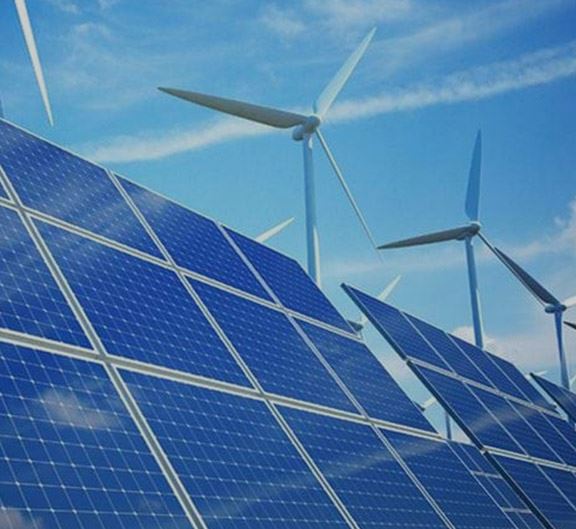
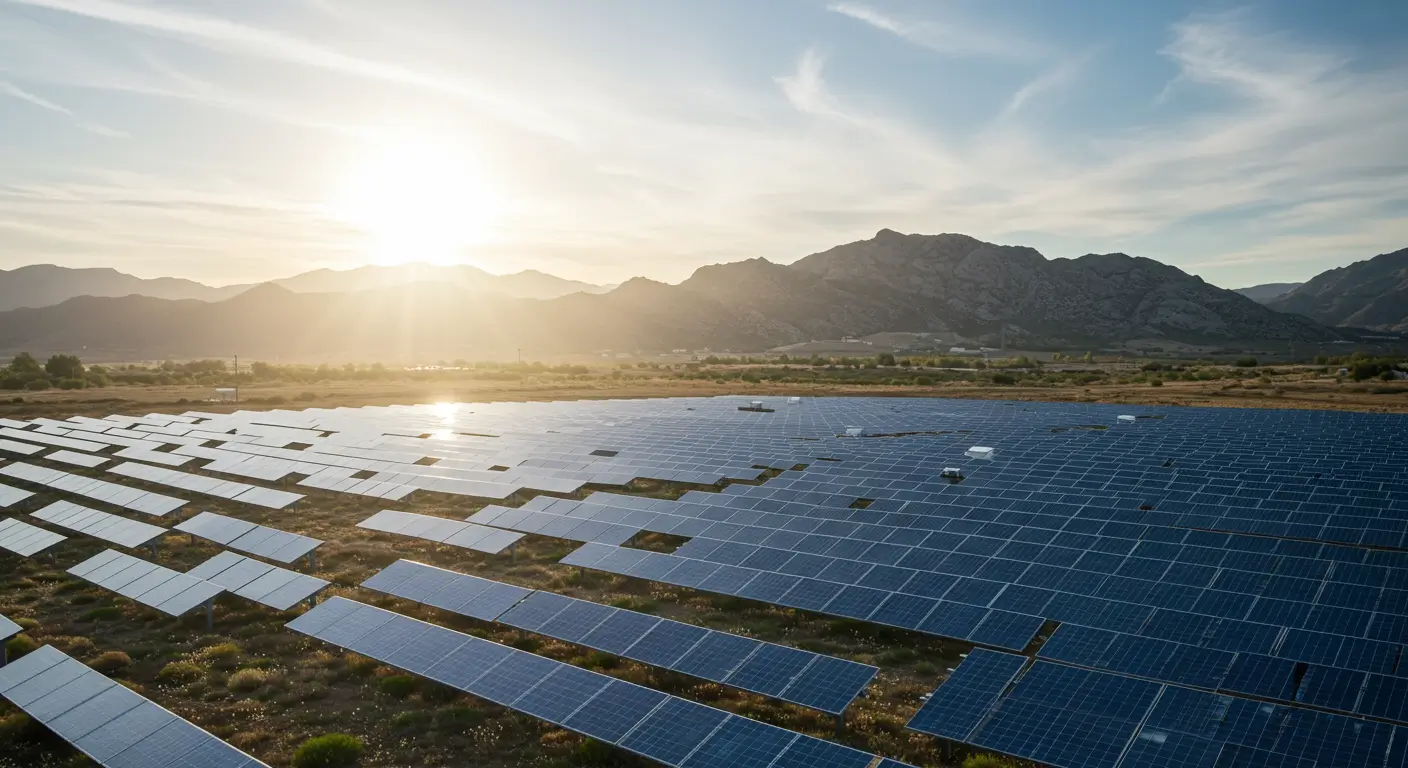
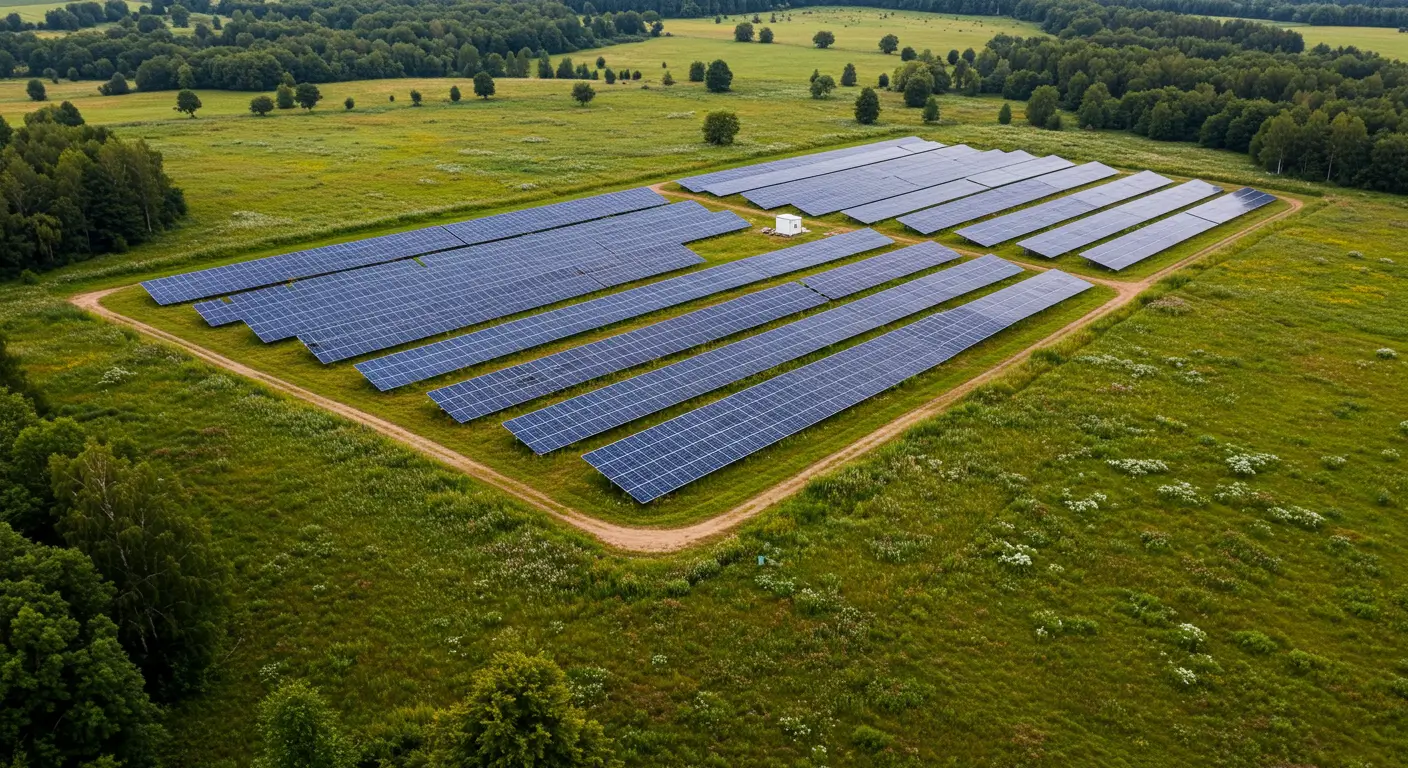
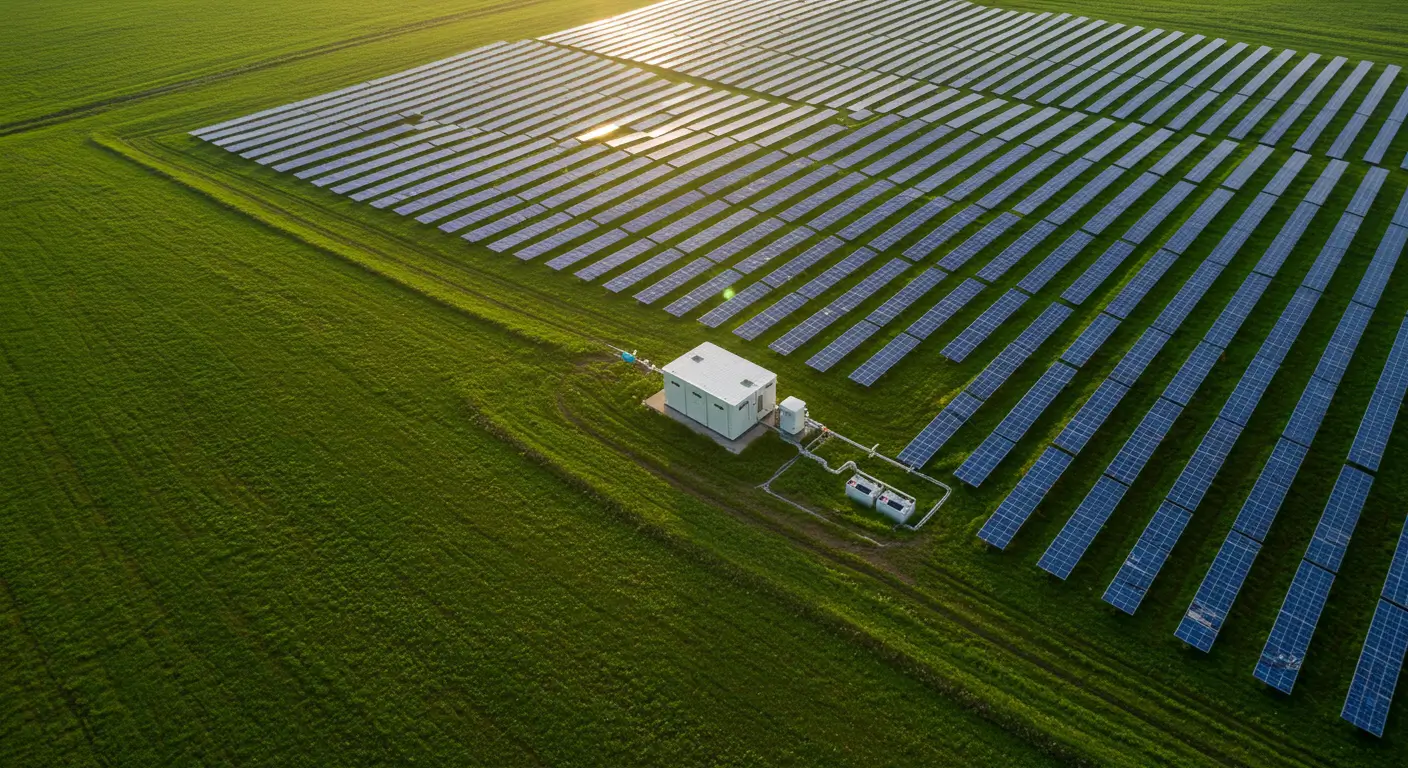
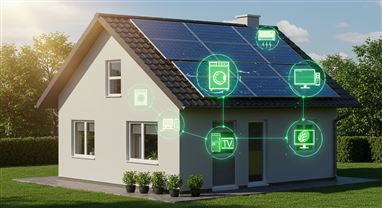
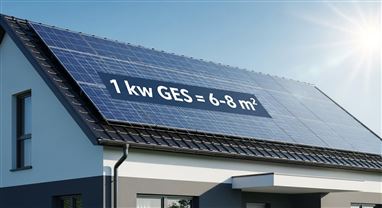
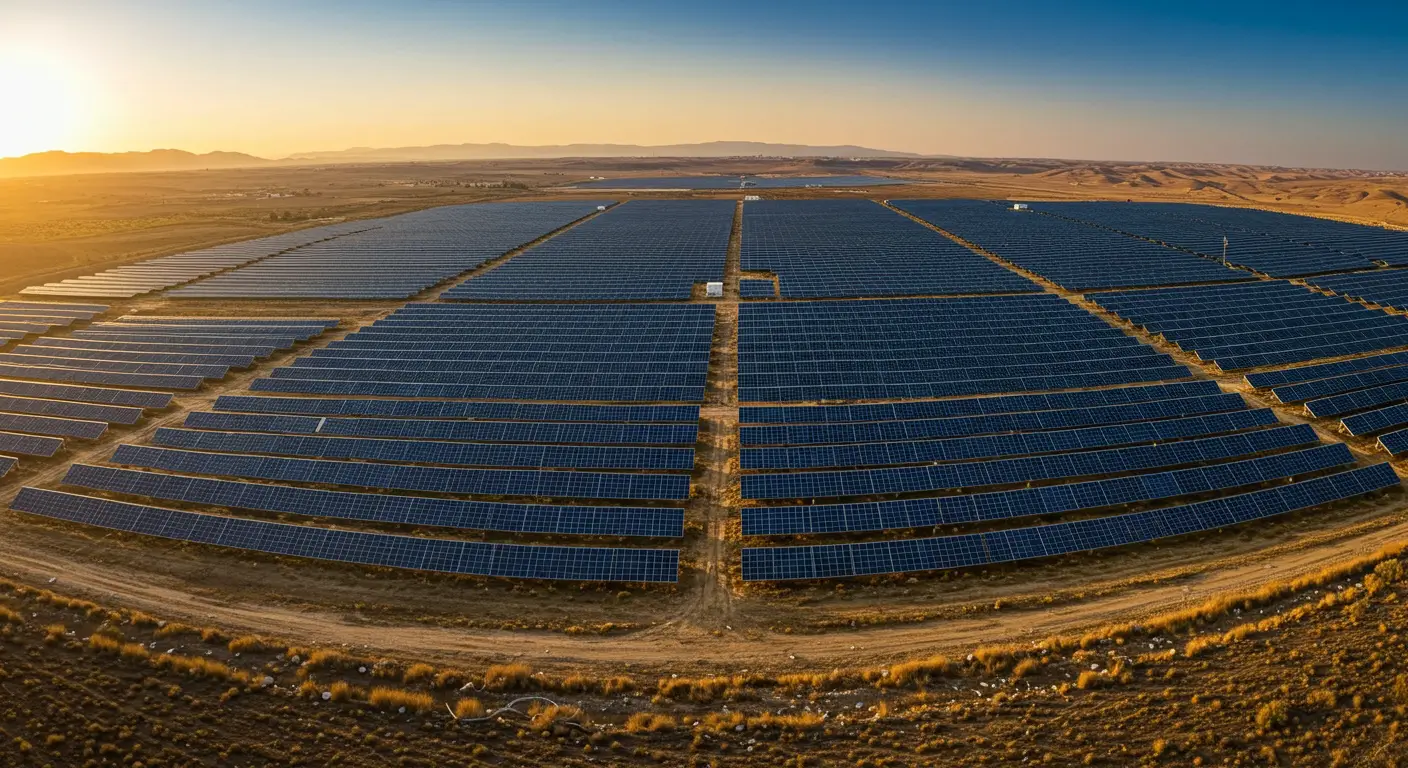
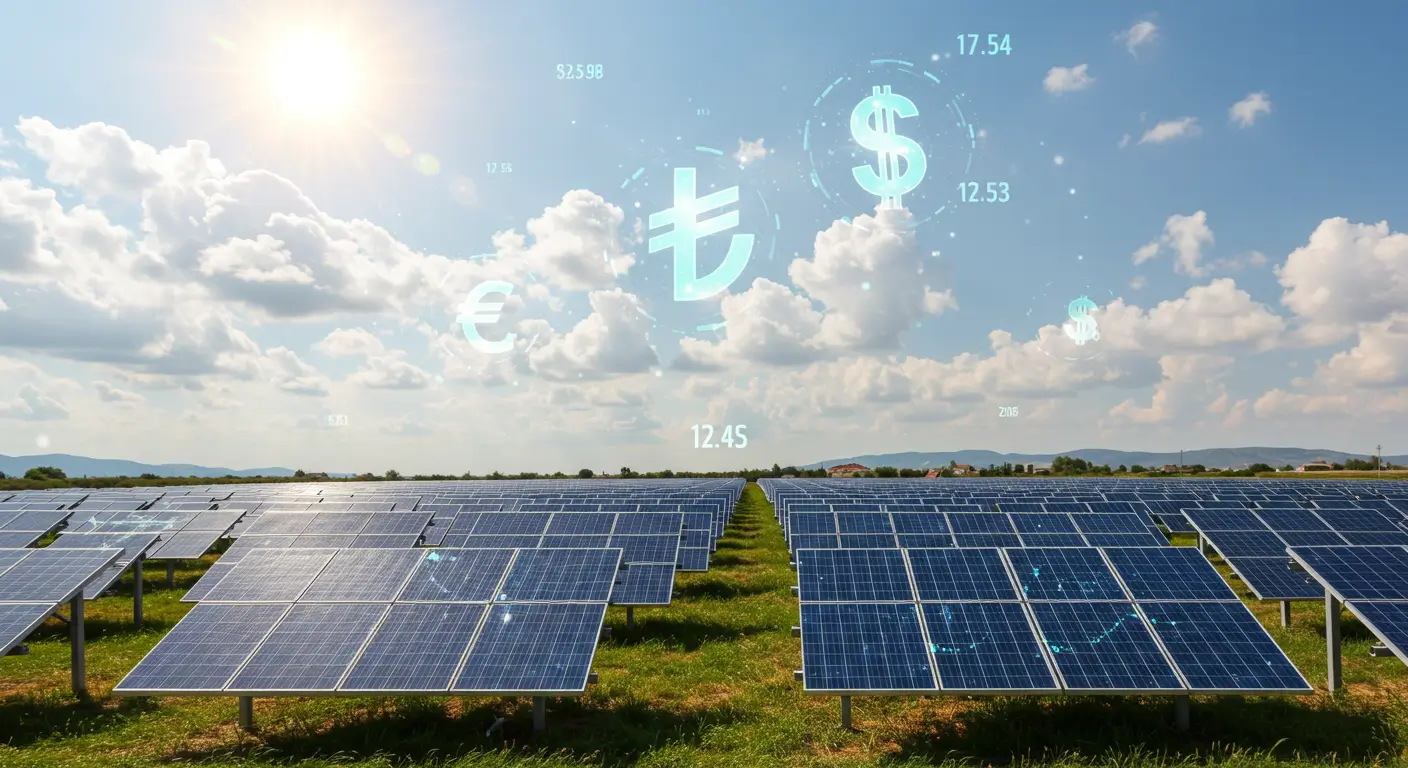
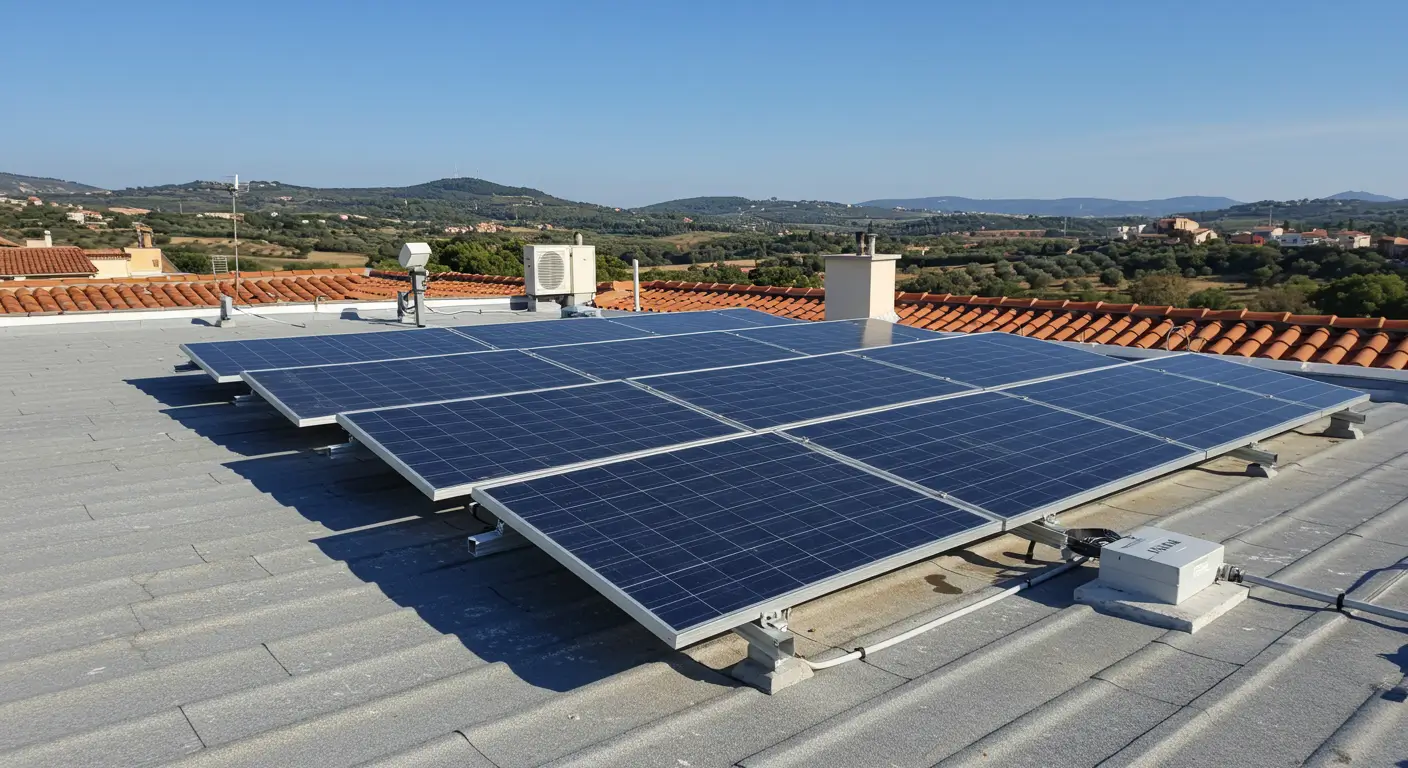
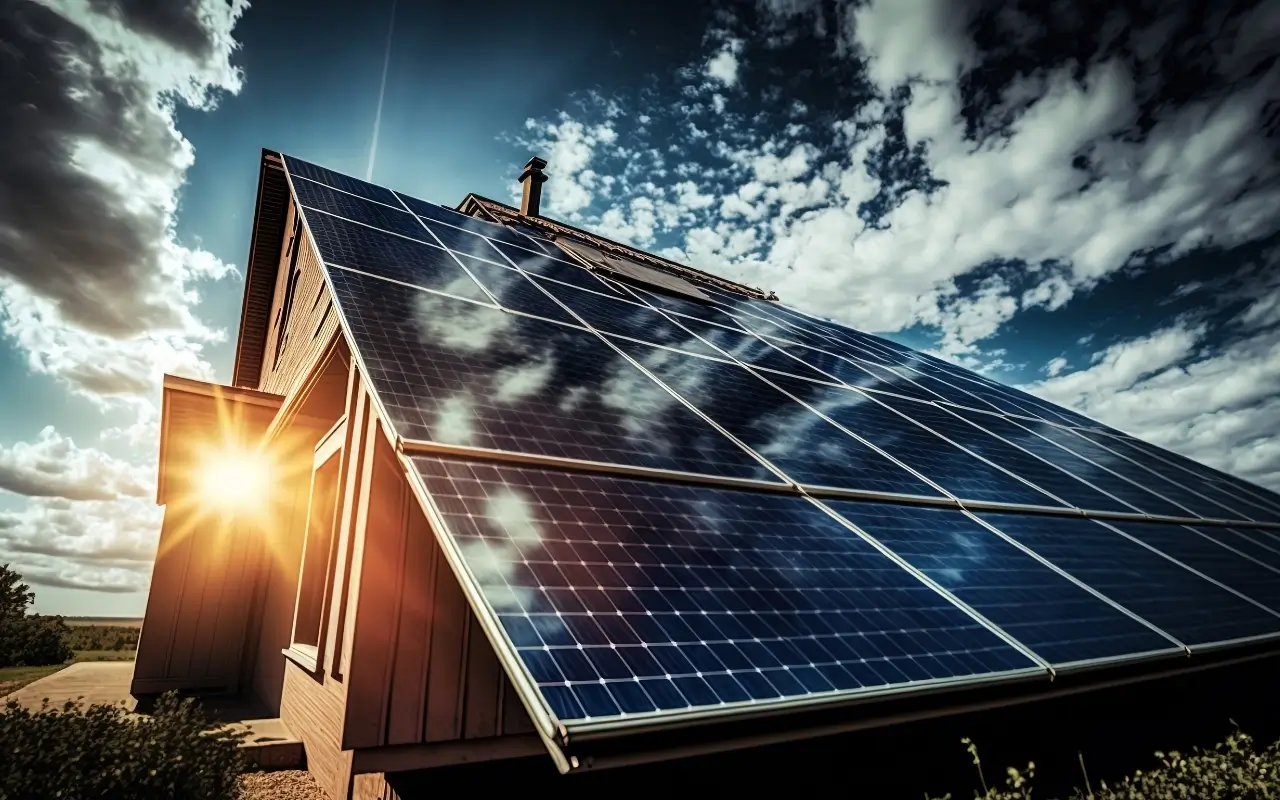
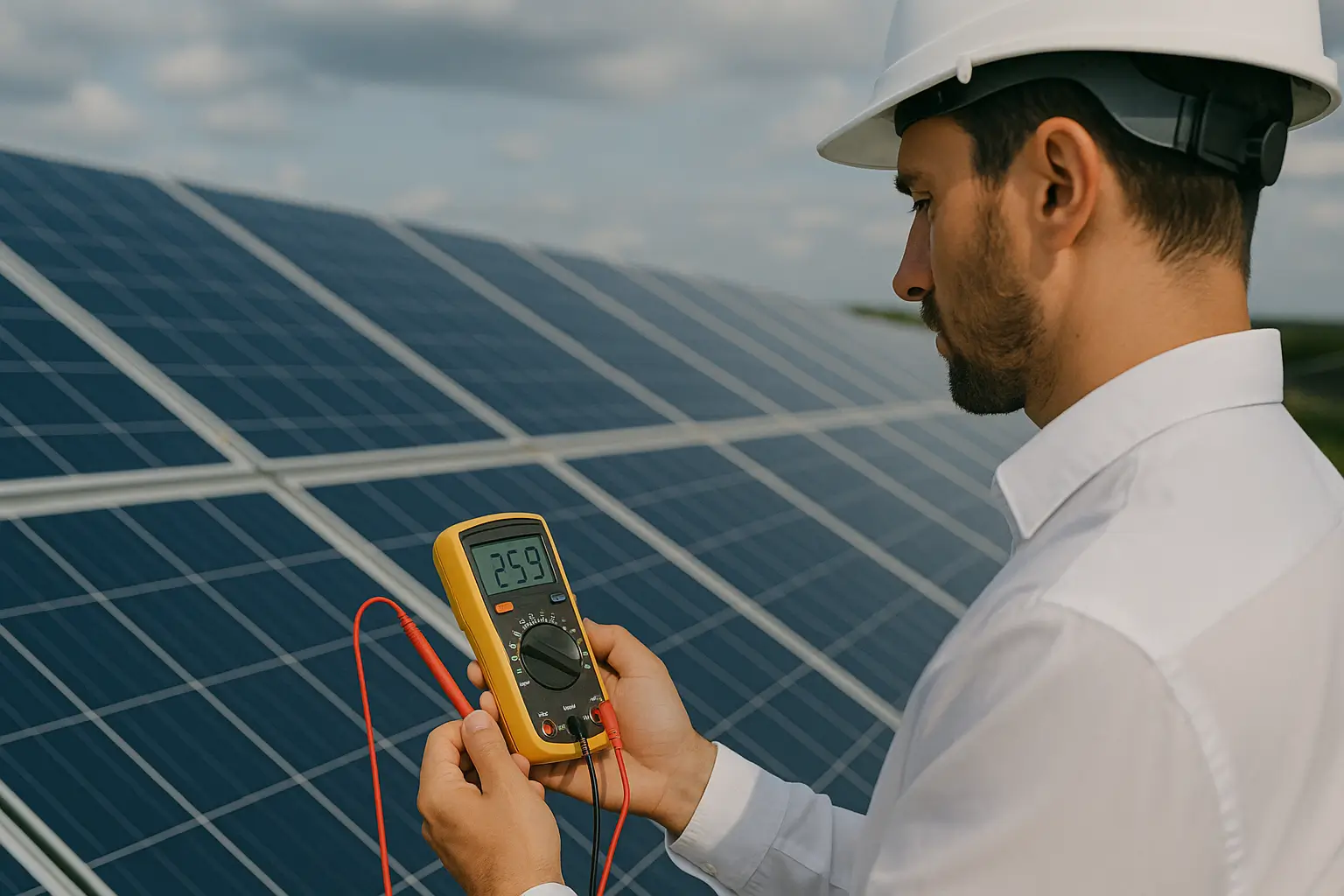
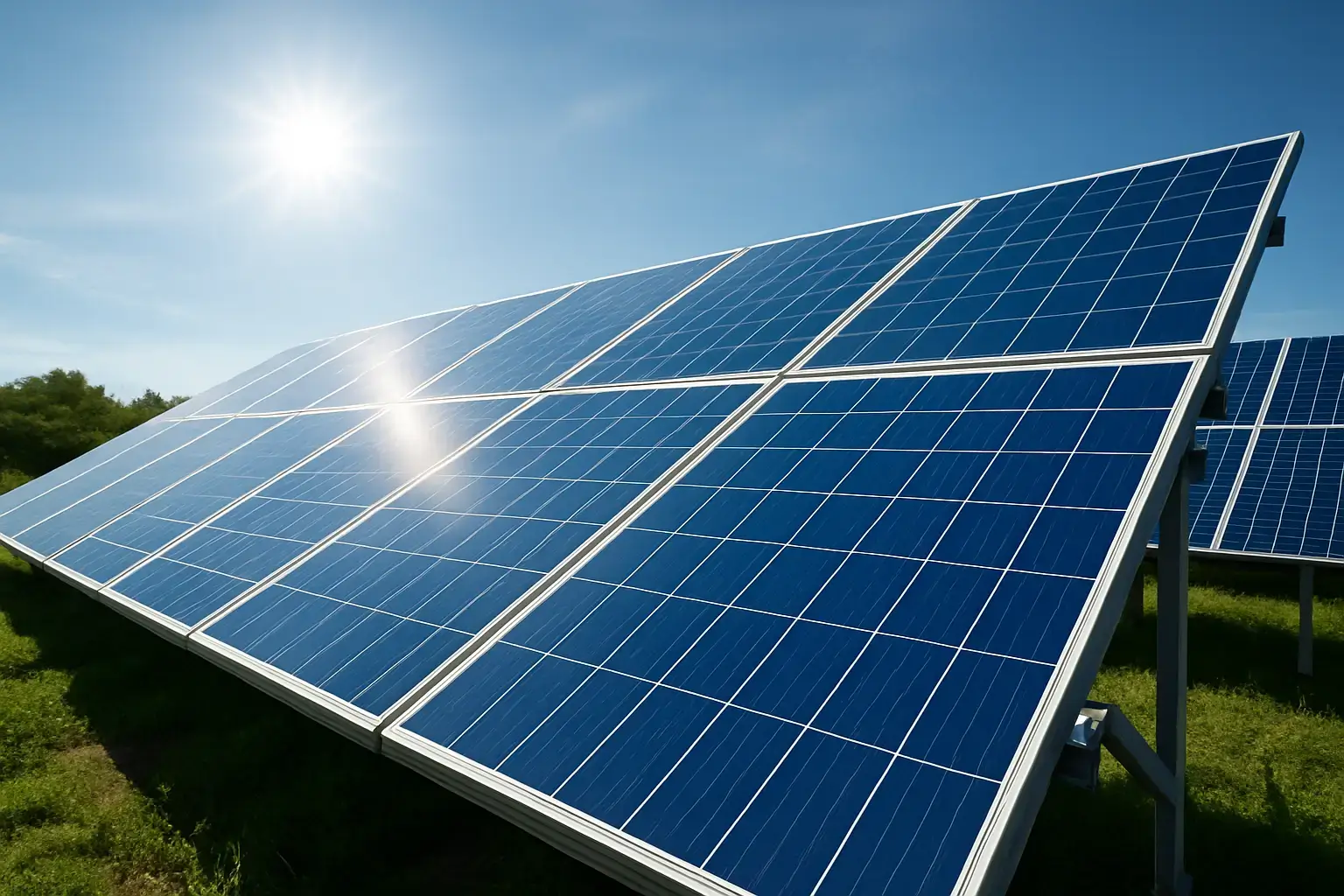
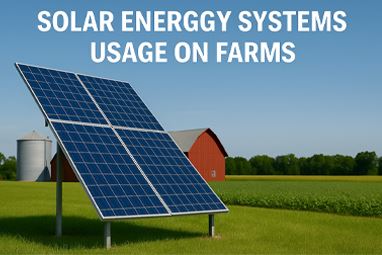
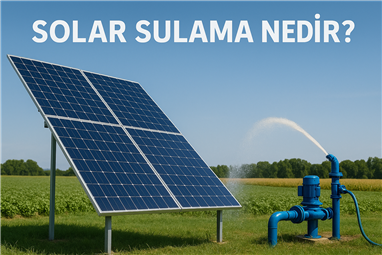
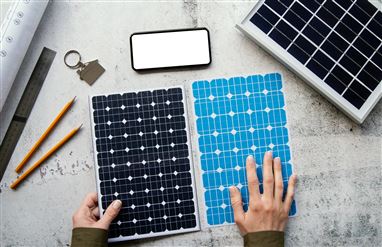
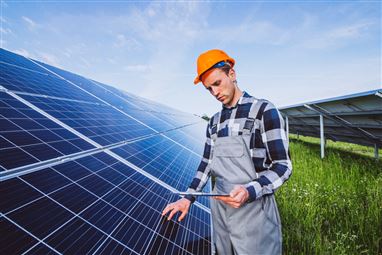
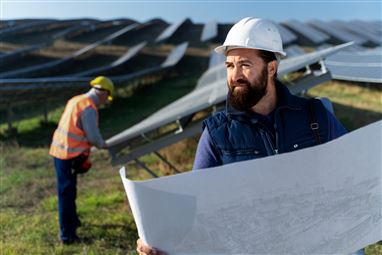
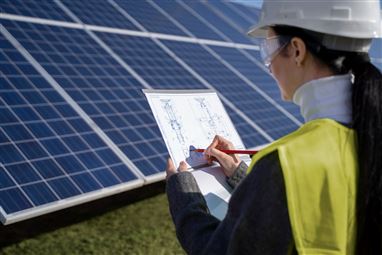
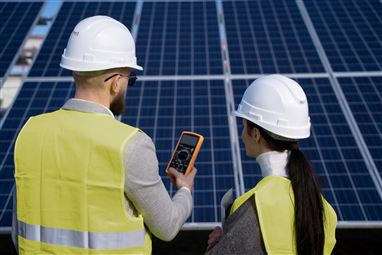
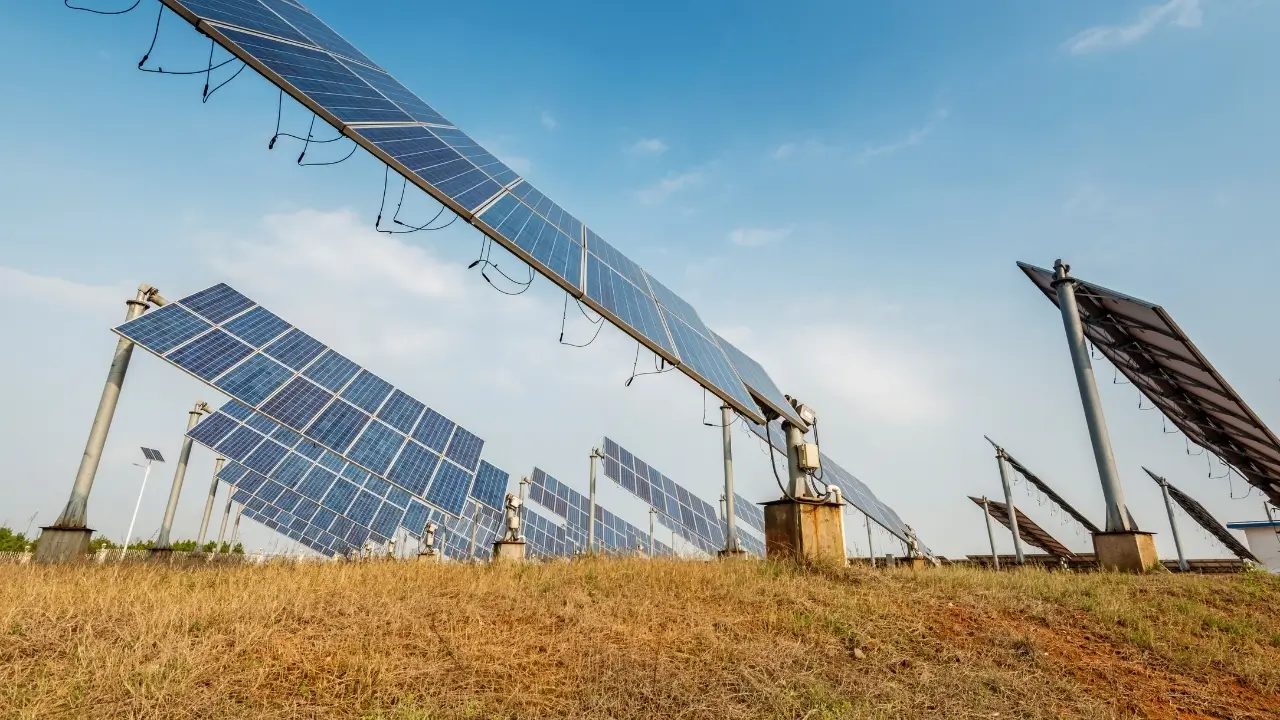
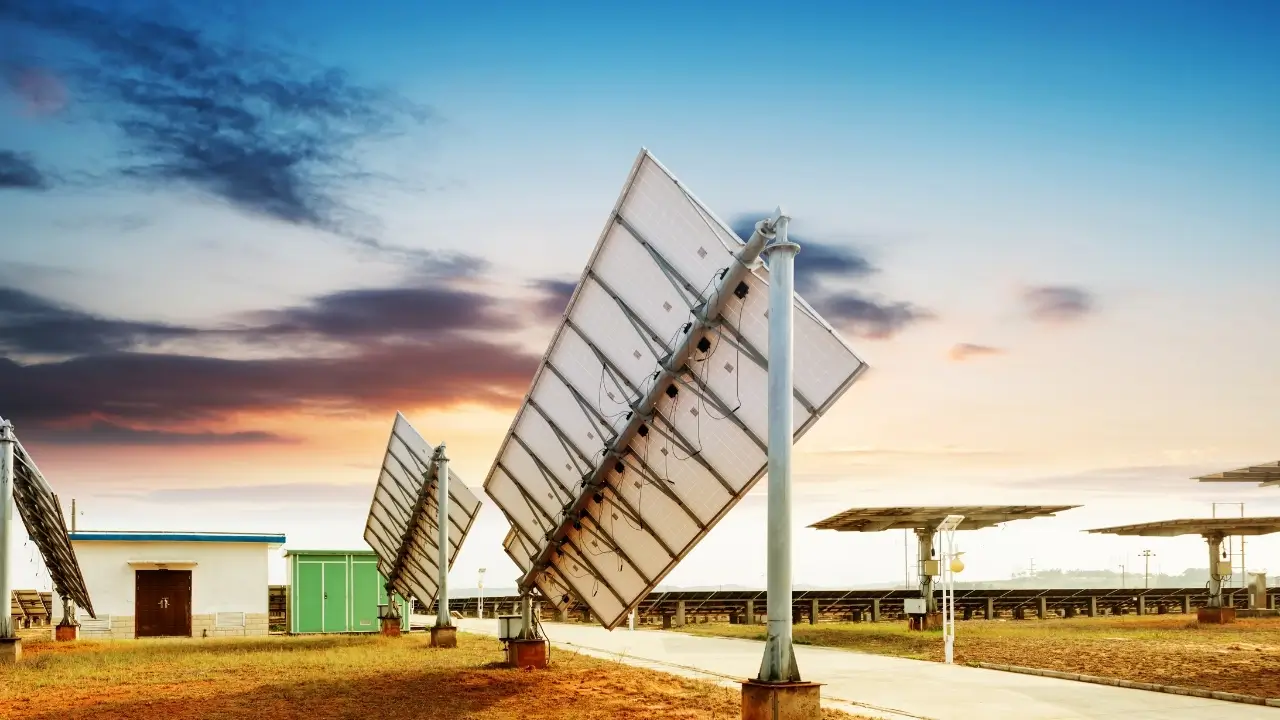
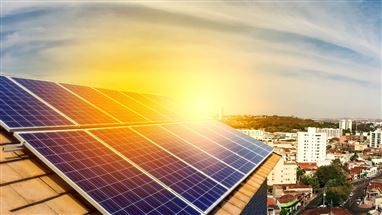
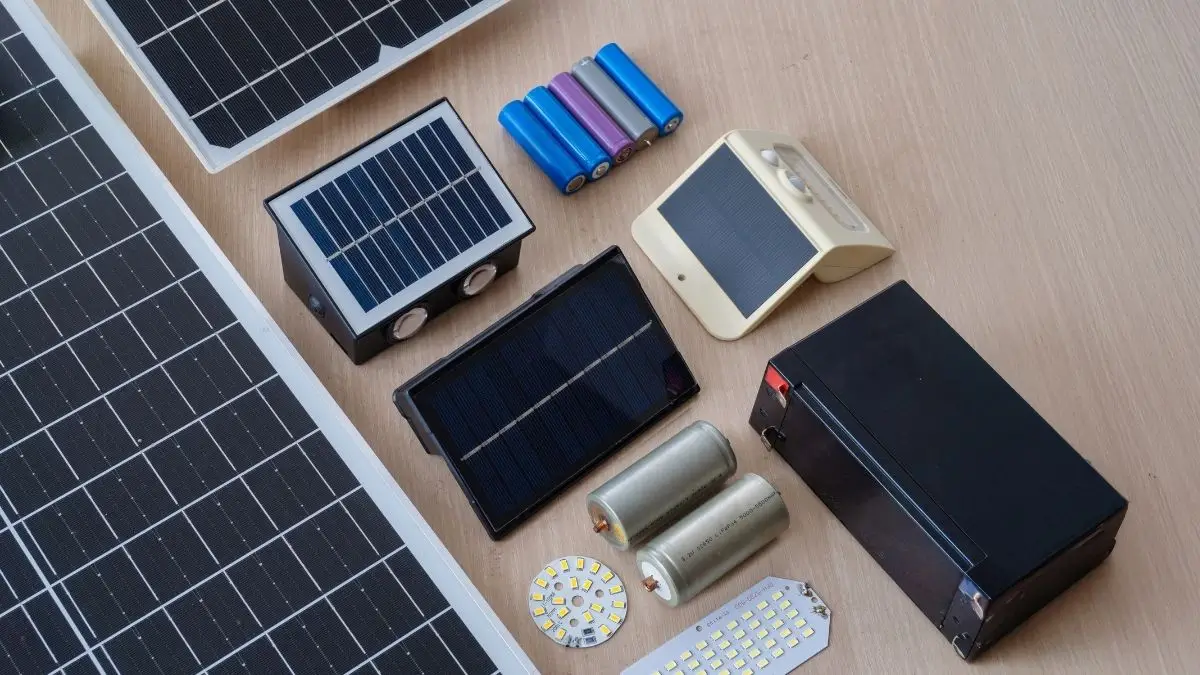
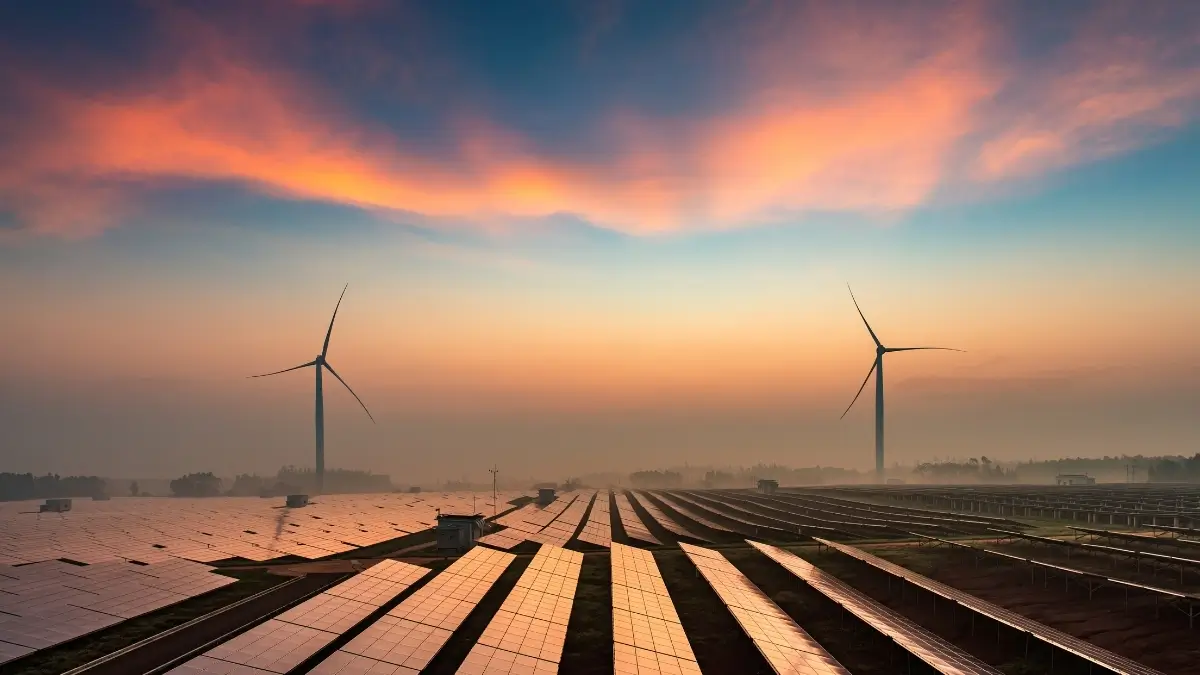
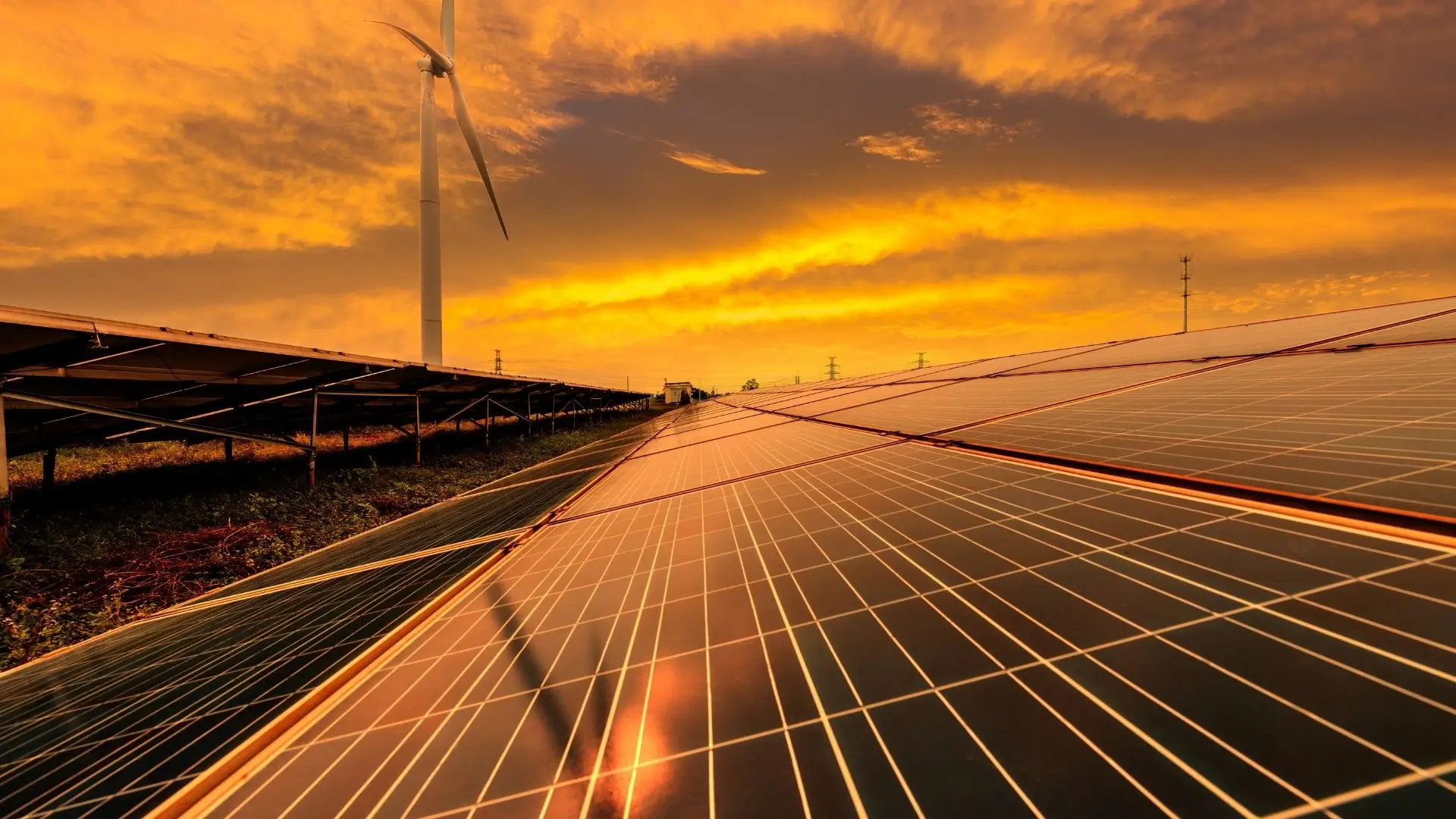
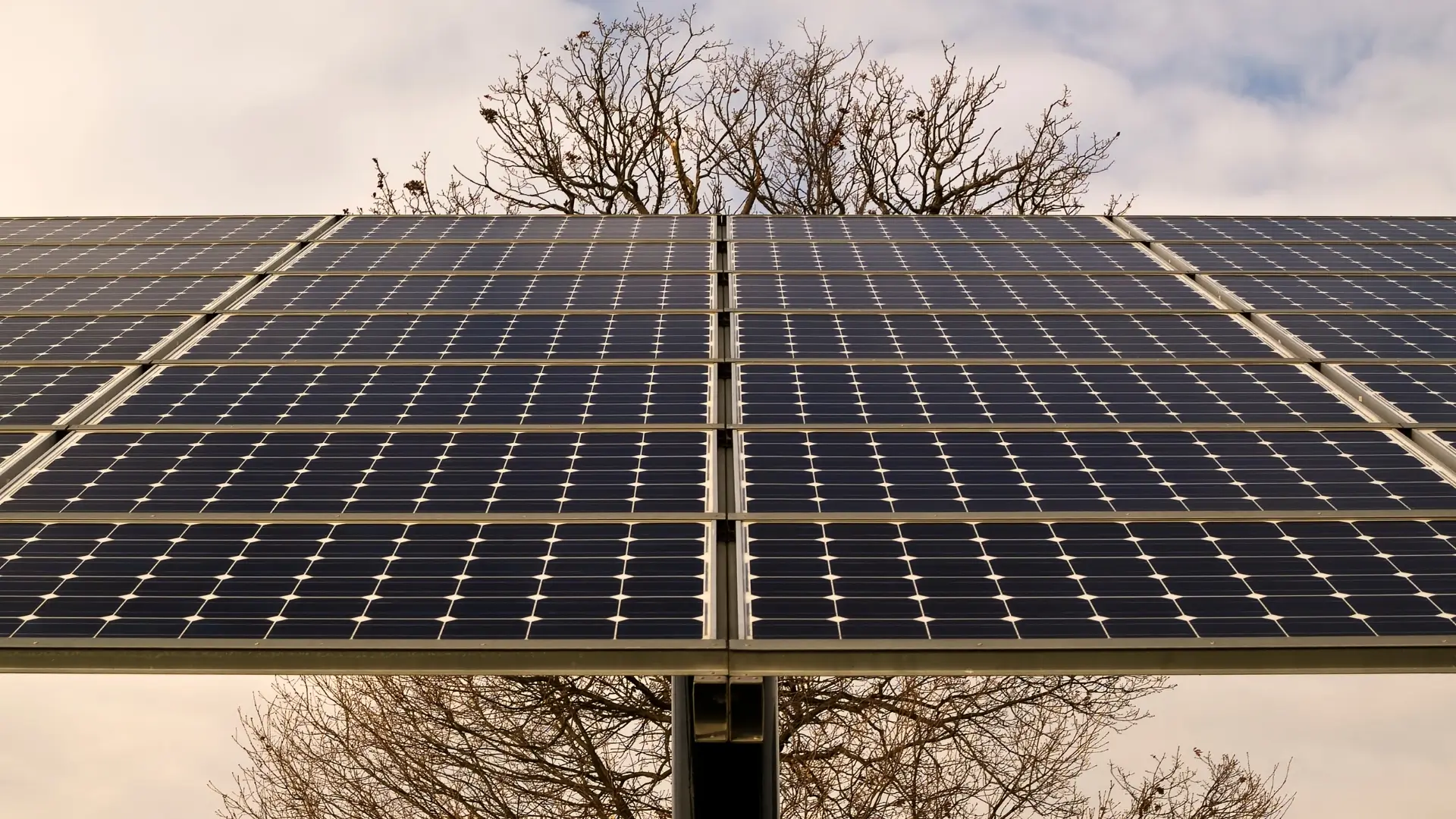
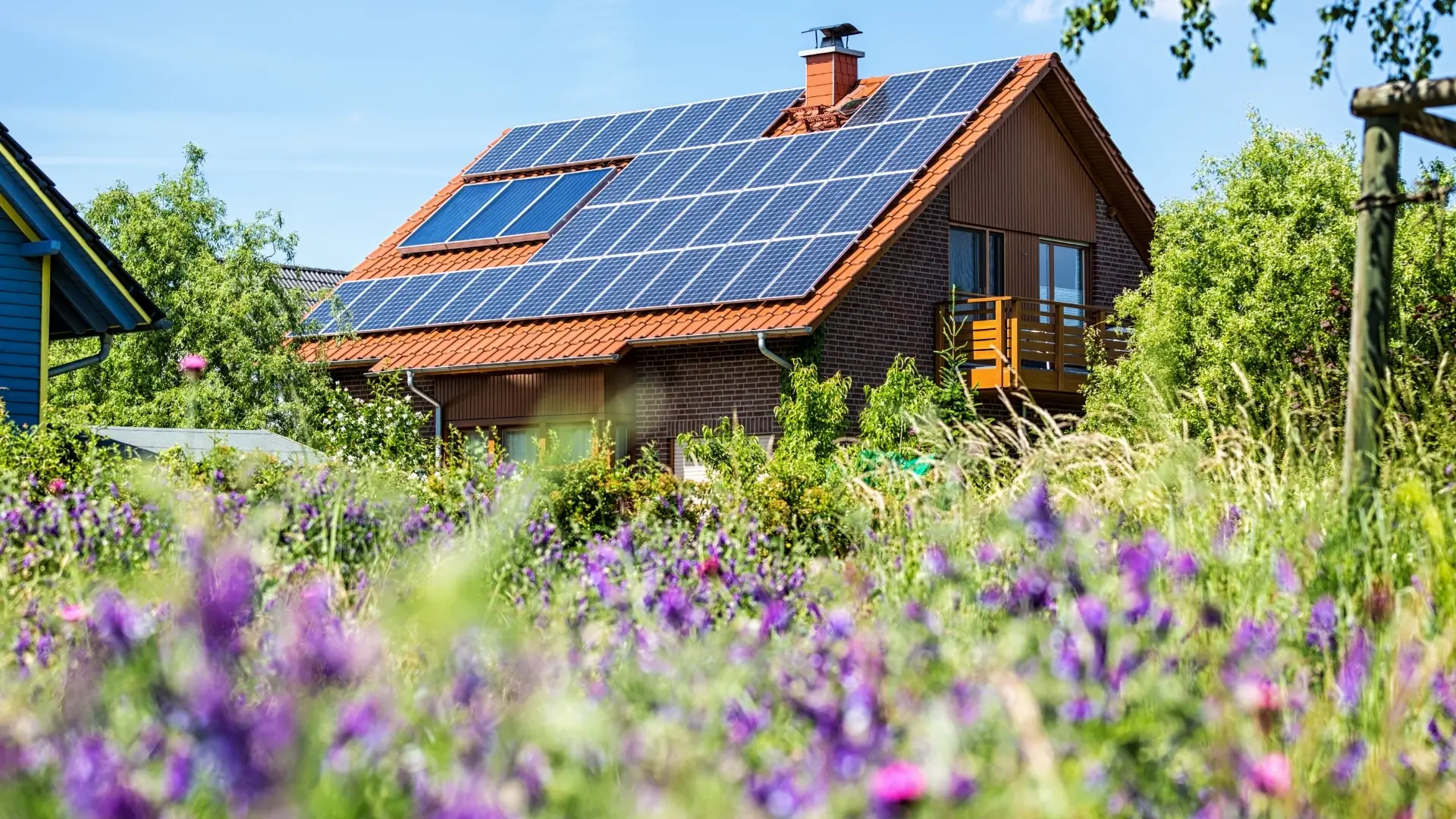
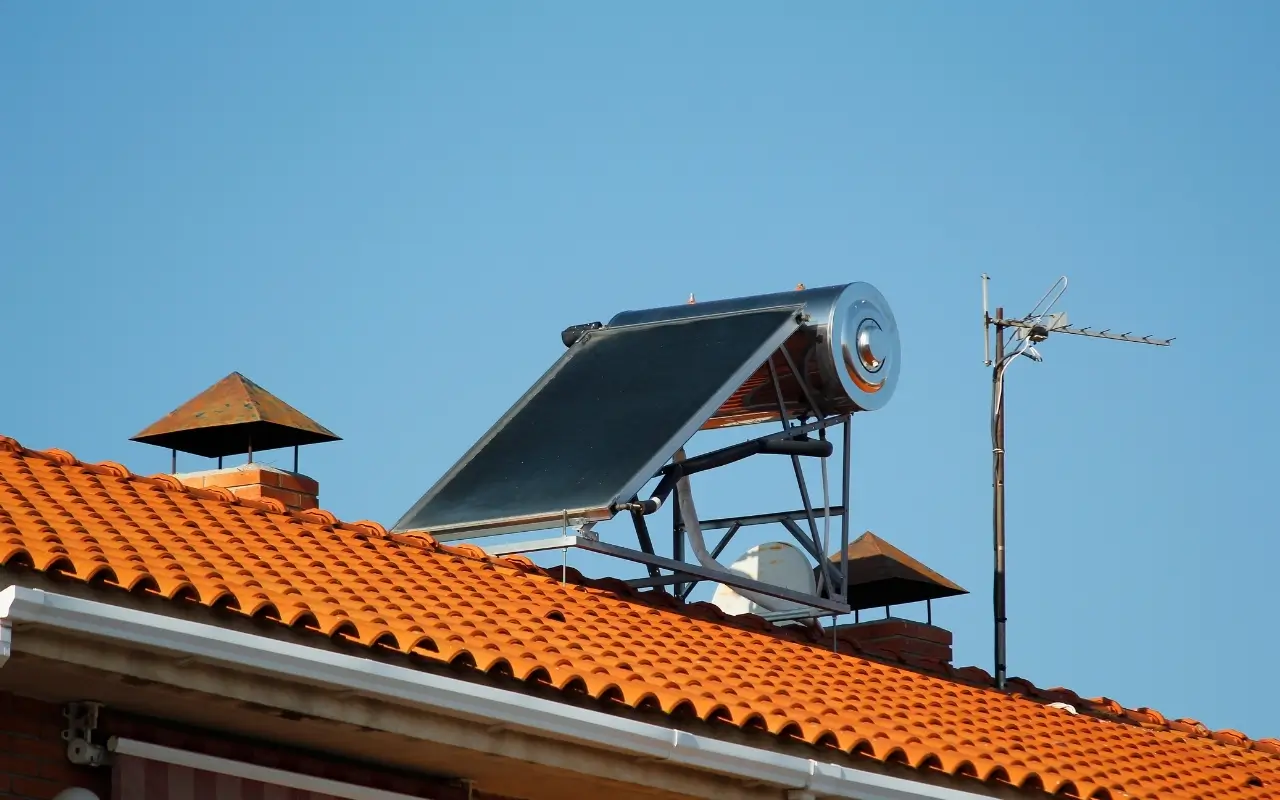
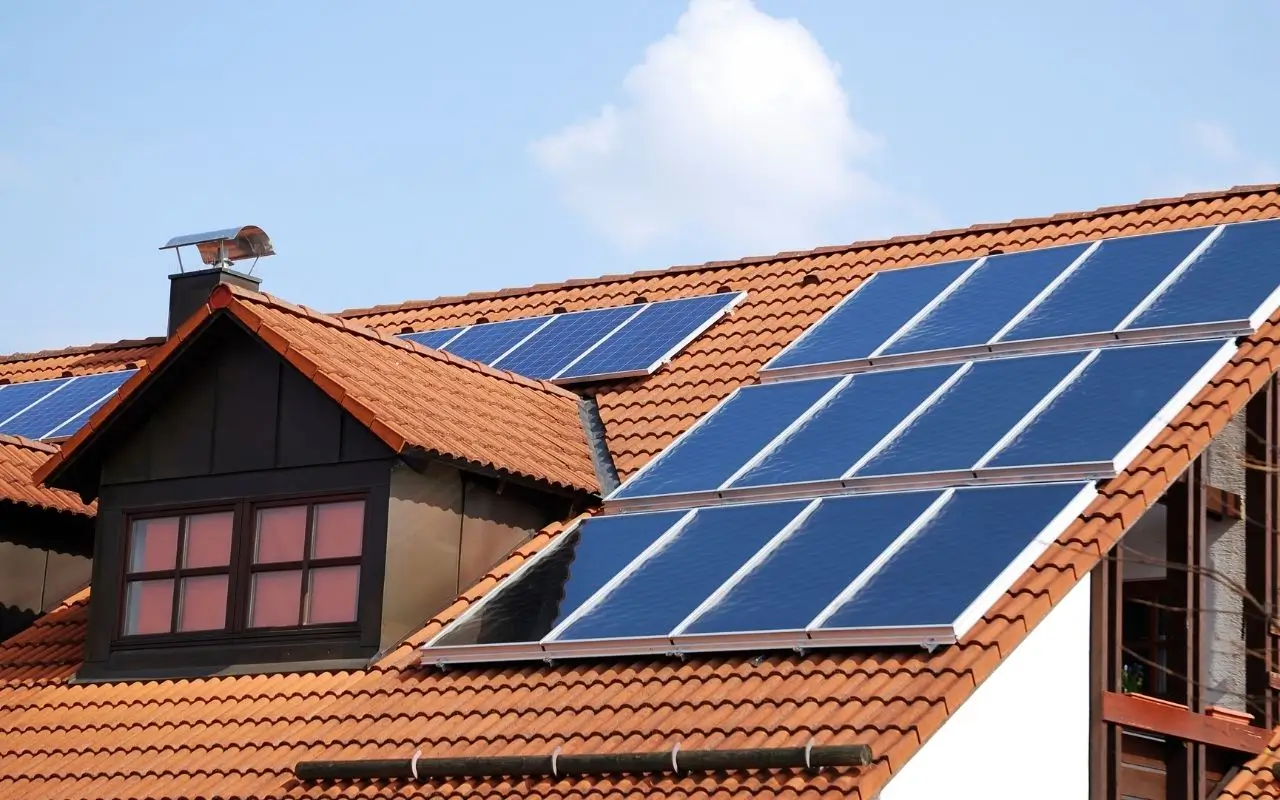
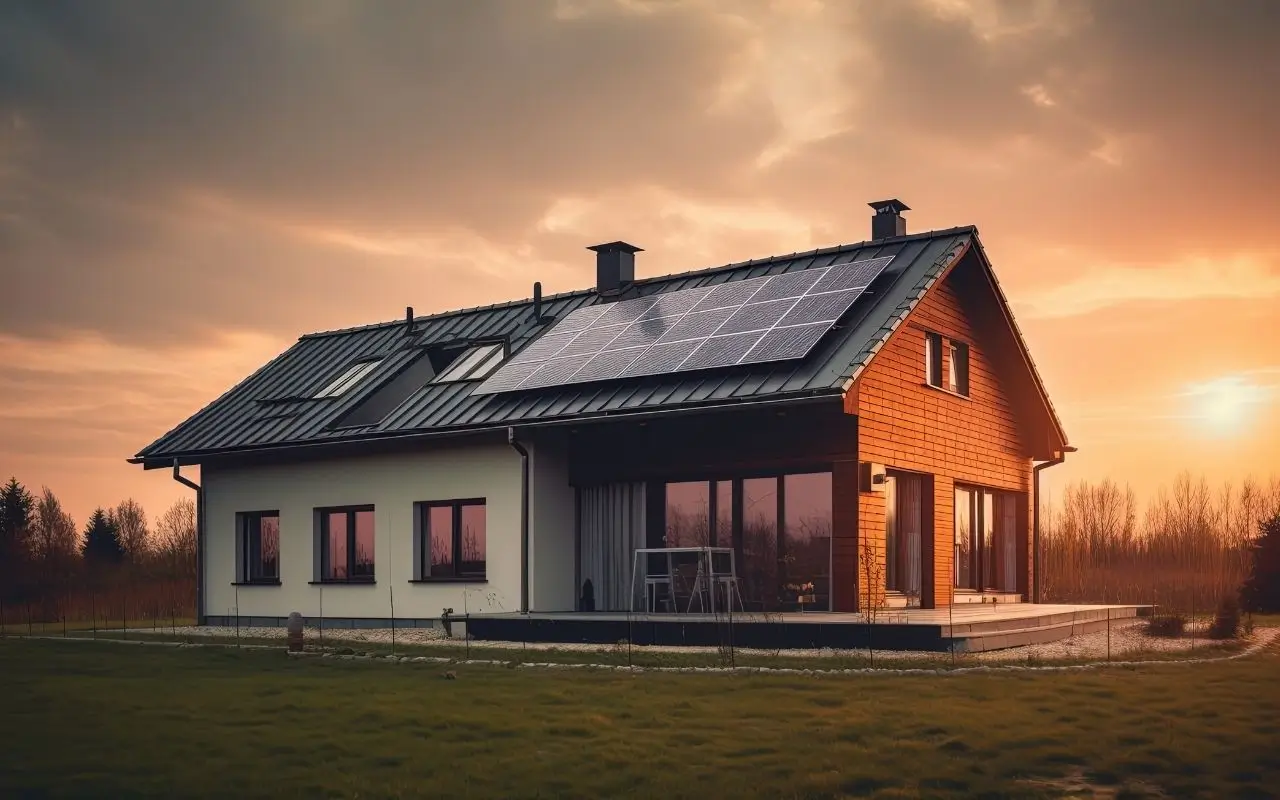
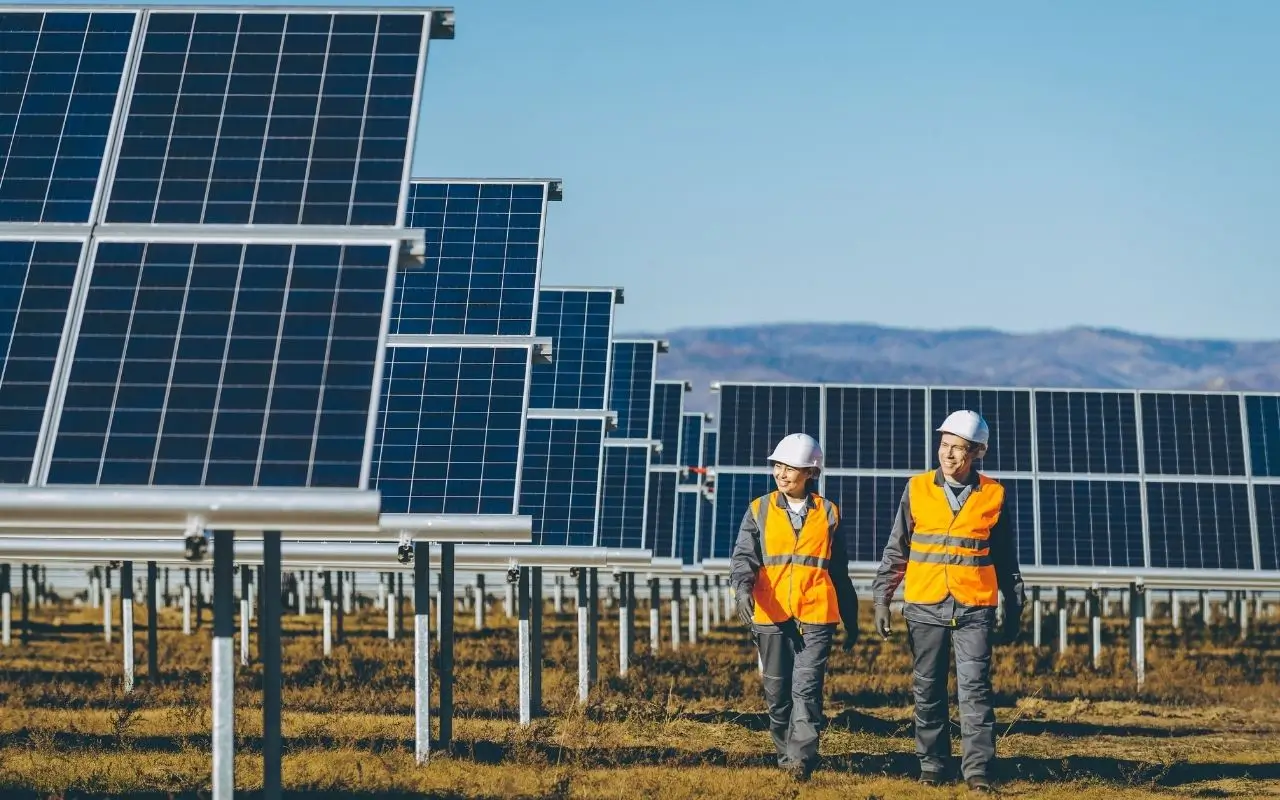
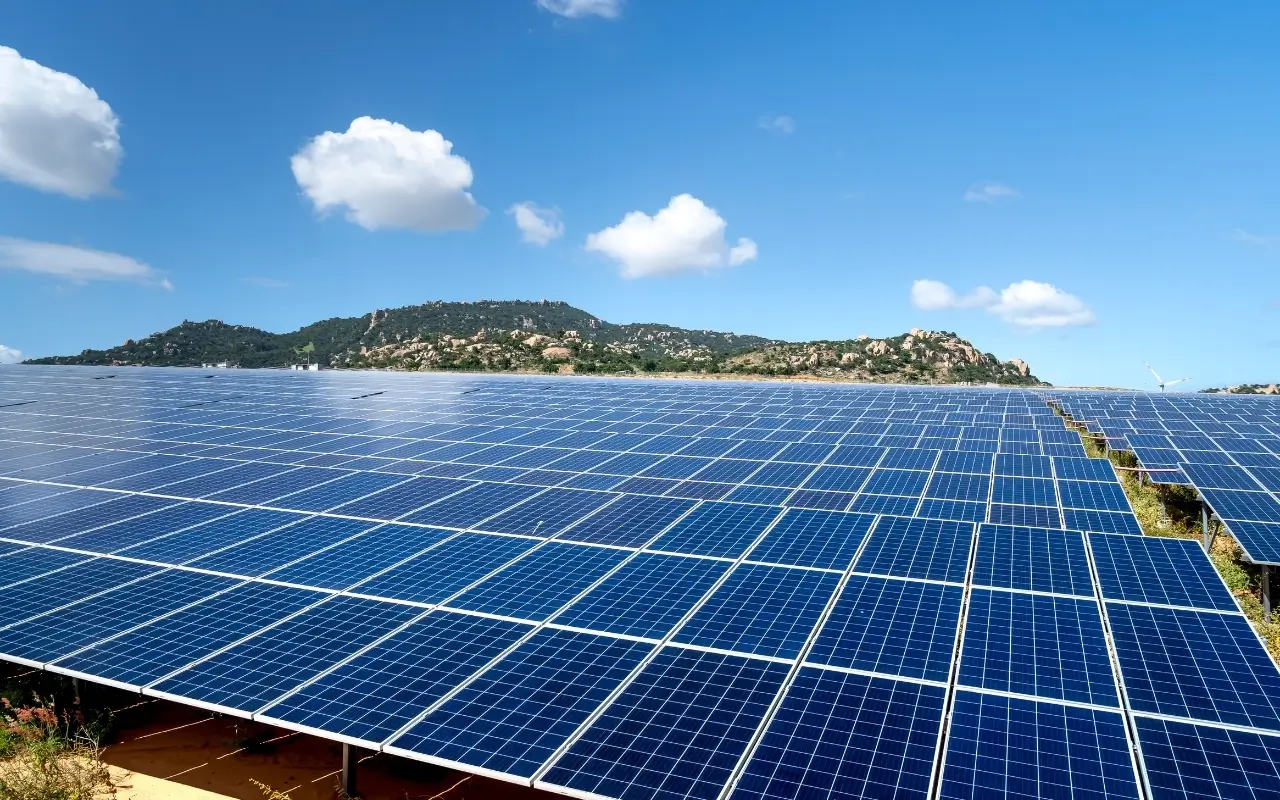
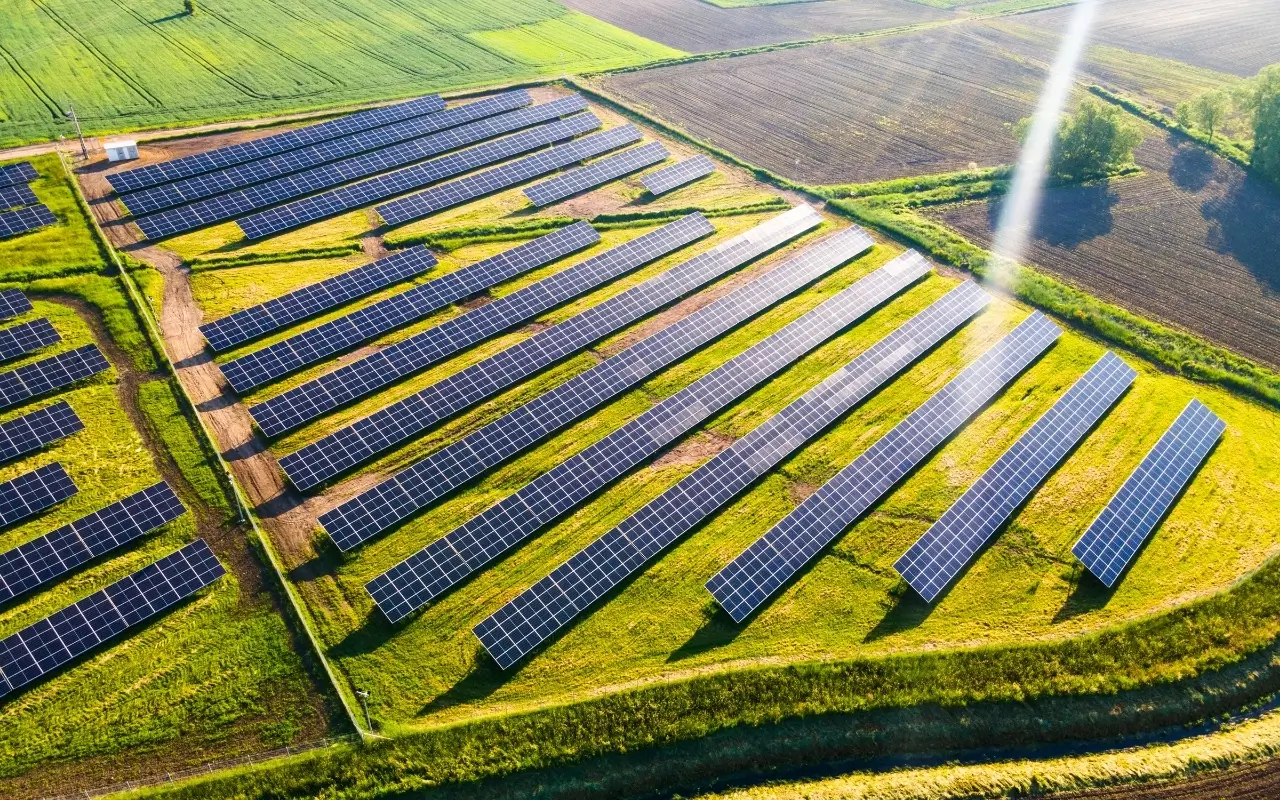
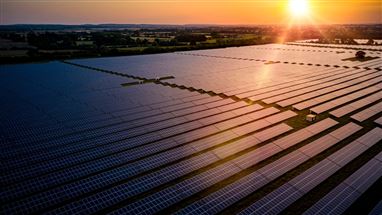
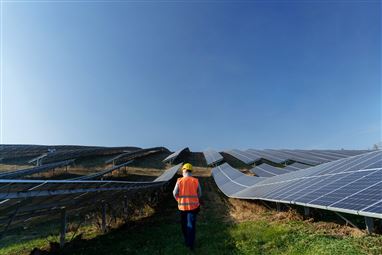
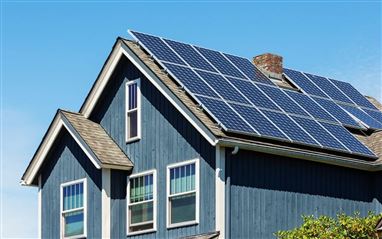
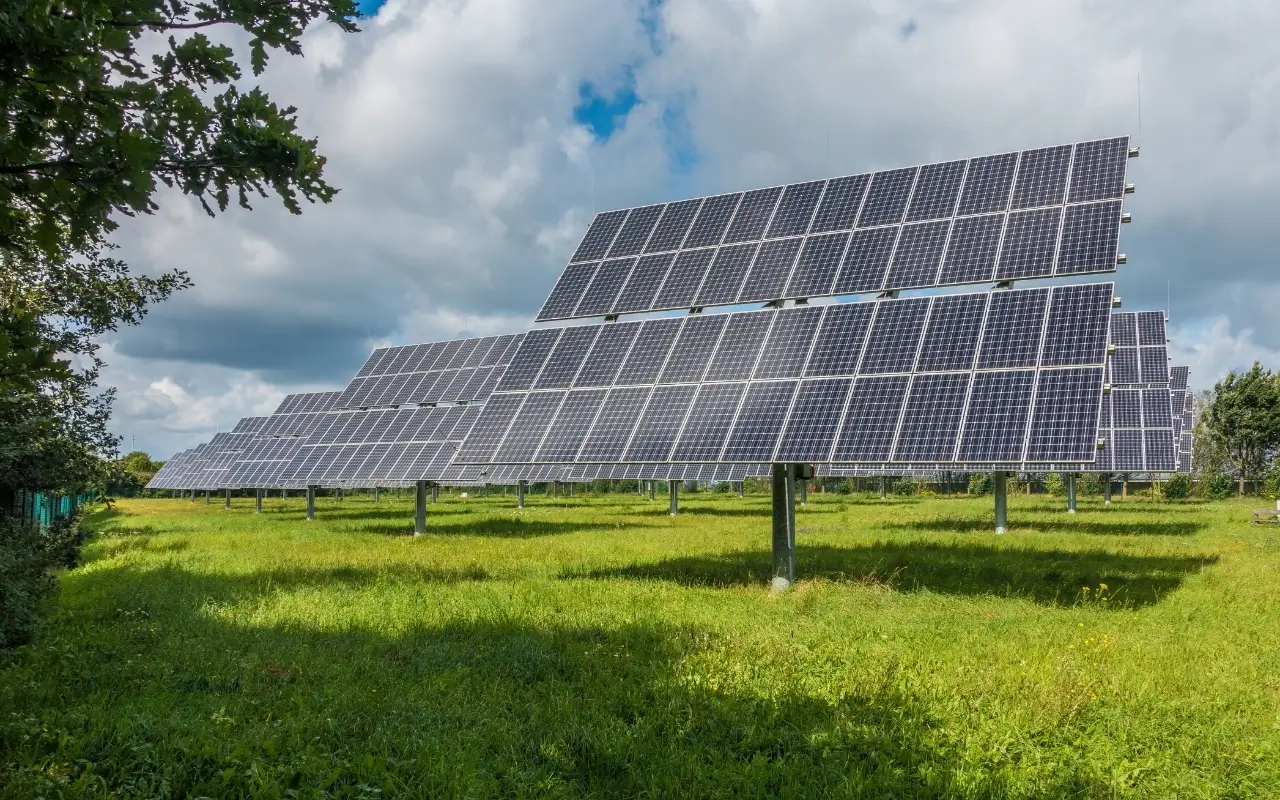
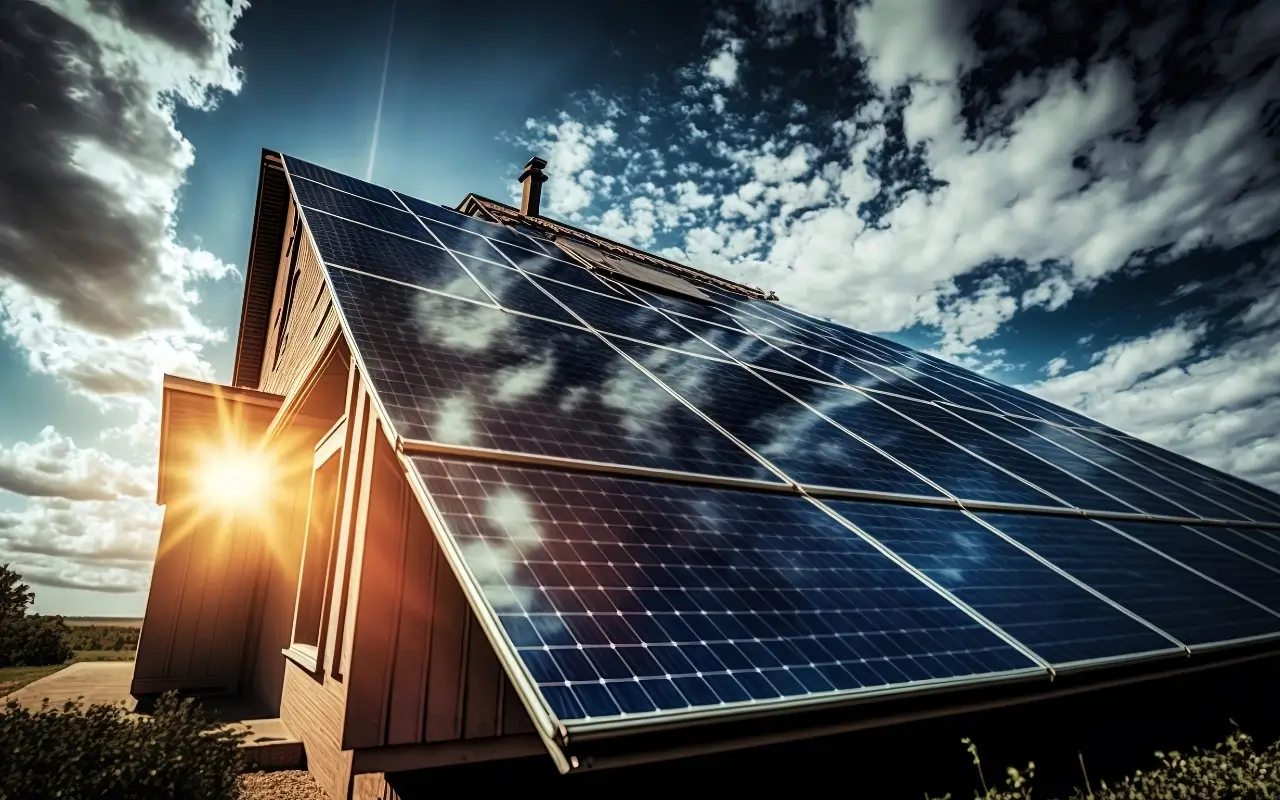
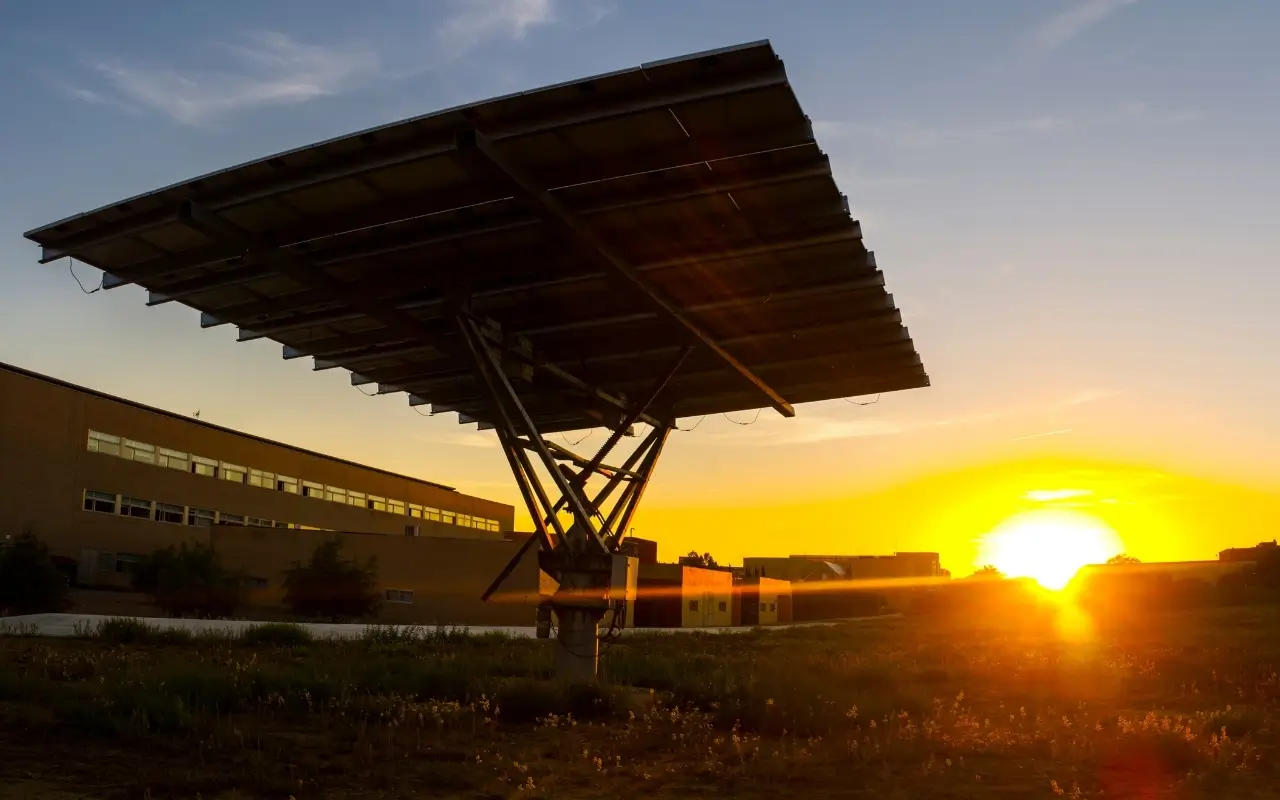
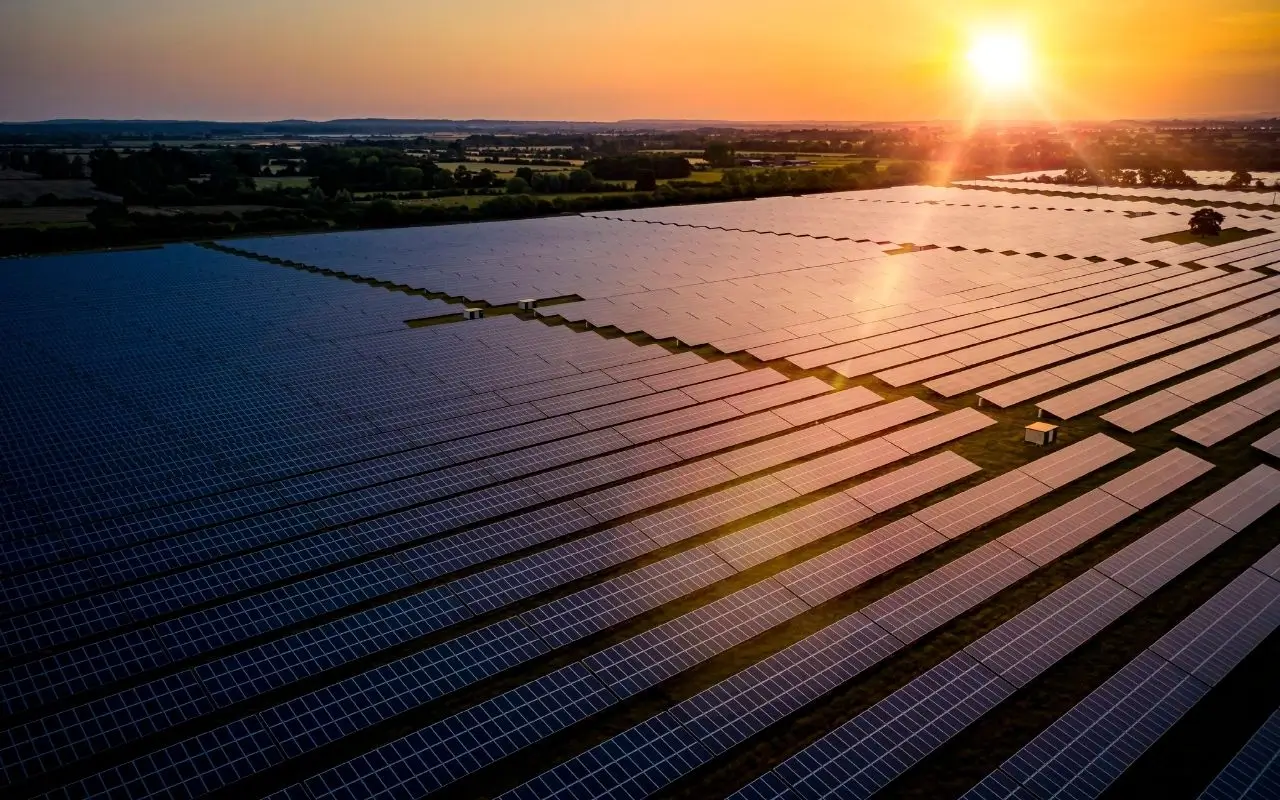
Do Comment